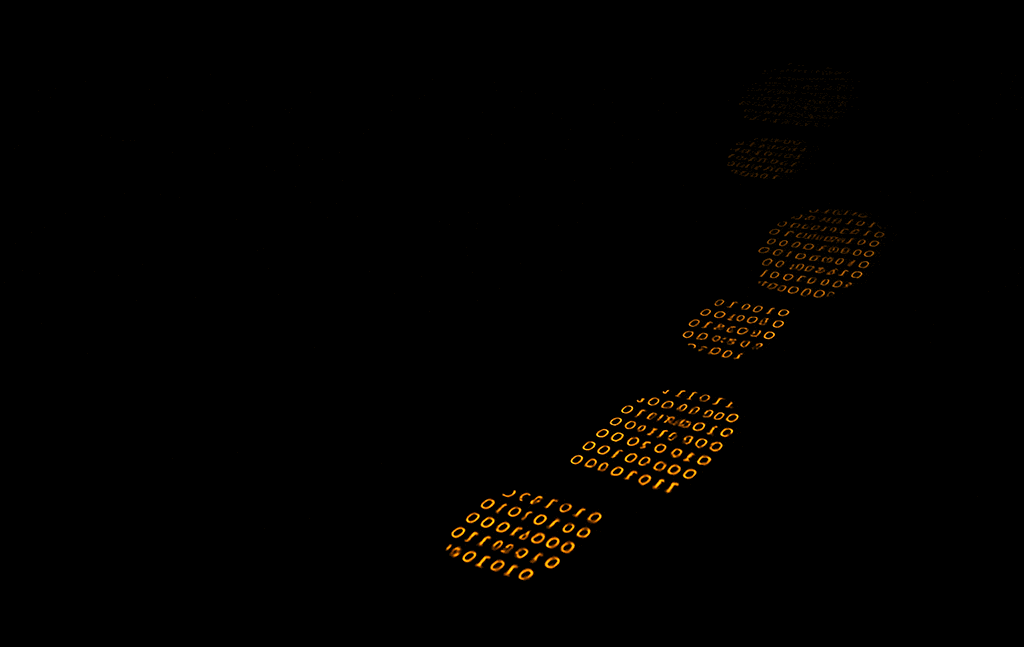In the name of God
Blocks in Blockchain Technology
Blockchain technology has taken the world by storm, promising enhanced security, transparency, and efficiency in various sectors. But have you ever wondered what actually forms the backbone of this innovative system? It all starts with the block.In this article, we delve into what blocks are, their significance in blockchain technology, and how they contribute to the security and immutability of the system.

_ what exactly is a block in blockchain?
Imagine a blockchain as a giant, public ledger. Instead of pages, this ledger is made up of individual blocks, each containing a specific set of information. These blocks are like puzzle pieces, securely linked together in a chronological sequence. Tampering with one block would mean disrupting the entire chain, making it nearly impossible to forge or alter data.
_ What’s inside a block?

Think of a block as a container holding crucial information:
- Transaction data: This is the core information, depending on the blockchain’s purpose. It could be financial transactions (Bitcoin), medical records (healthcare), or even votes in an election.
- Timestamp: A unique identifier marking the exact time the block was created, ensuring chronological order.
- Cryptographic hash: A complex code generated from the block’s content, acting as a digital fingerprint. Any change to the data alters the hash, making tampering easily detectable.
- Previous block’s hash: This links the current block to the one before it, creating the chain. It’s like a chain of custody, ensuring the integrity and order of all recorded data.
_ Why are blocks important?
- Immutability: Once added, a block’s data cannot be altered without changing subsequent blocks and gaining network consensus, making it highly resistant to fraud and errors.
- Transparency: All participants on the network can access and verify data within blocks, fostering trust and accountability.
- Security: Cryptography and the linked nature of blocks make the chain incredibly secure, preventing unauthorized access or manipulation.
_ Different types of blocks:

While the core structure remains similar, different blockchains utilize different block types depending on their specific needs. For instance:
- Public blockchains: Like Bitcoin, anyone can participate in validating transactions and adding new blocks. These blocks are typically larger and contain more transactions.
- Private blockchains: Used for permissioned networks, these blocks are controlled by specific entities and may contain less data or have different validation mechanisms.
- Smart contract blocks: In platforms like Ethereum, these blocks can execute code automatically, enabling complex applications and decentralized finance (DeFi).
- Genesis block: The first block in a blockchain, holding crucial information about the network’s creation.
- Data block: Contains transaction data relevant to the specific blockchain’s purpose.
- Empty block: Used in some consensus mechanisms to maintain block creation even with low transaction volume.
_ The Role of Blocks in Blockchain :
- Transaction Validation : Before a transaction can be included in a block, it must undergo validation to ensure its authenticity and compliance with the network’s rules. Once validated, transactions are added to the block for eventual inclusion in the blockchain.
- Linking Blocks: Each block contains a reference to the hash of the previous block, creating a chain of blocks, hence the name blockchain. This linking mechanism ensures chronological order and immutability, as any attempt to alter a block would necessitate changing all subsequent blocks, a computationally infeasible task.
- Consensus Mechanism : Blocks play a crucial role in the consensus mechanism of a blockchain network. Through processes such as Proof of Work (PoW), Proof of Stake (PoS), or other consensus algorithms, participants in the network collectively agree on the validity of transactions and the addition of new blocks to the chain.
- Security and Immutability : The decentralized and distributed nature of blockchain, coupled with cryptographic techniques, ensures the security and immutability of the data stored within blocks. Once a block is added to the blockchain, altering its contents becomes extremely difficult due to the computational resources required to tamper with multiple blocks in the chain.

In summary, blocks are fundamental building blocks of blockchain technology, serving as containers for storing validated transactions. They facilitate transaction validation, maintain chronological order, and ensure the security and immutability of data stored within the blockchain. Understanding the role of blocks is essential for grasping the underlying principles of blockchain technology and its transformative potential across various industries.
Good luck
saman































